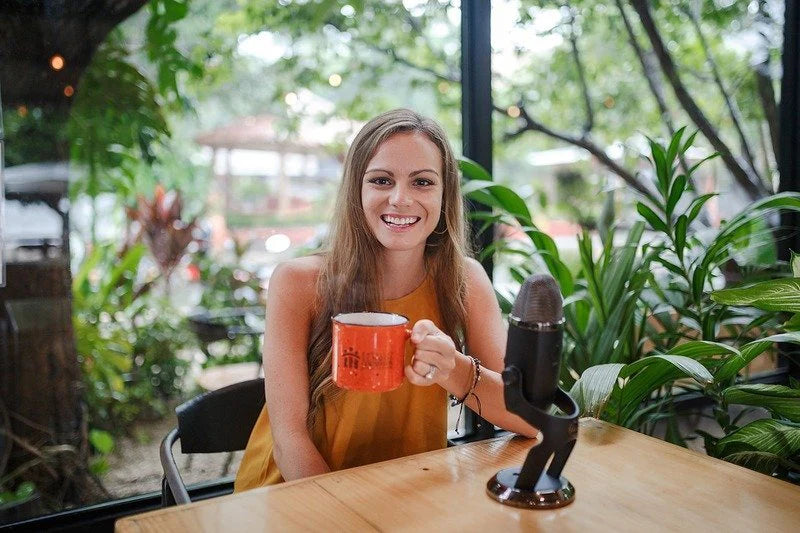How to Use the Circle of Control to Help Anxious Students
Oftentimes with anxious kiddos we go straight to deep breathing techniques or coping skills. But a big part of anxiety is the feeling of a loss of control. Using a Circle of Control is a great tool to help students put their stressors into perspective. This strategy allows kids to feel empowered over their actions and reactions (what every anxious kiddo needs!).
What is a Circle of Control?
The circle of control concept comes from a book, 7 Habits of Highly Effective People written by Steven Covey. In a school or home setting, it has been adapted and includes just one circle - what is inside my control.
The circle of control helps children differentiate between what they can control and what is beyond their control. Kids are then able to move past the big emotions because they are able to decipher and focus on what they can control.
I use this visual aid to help students understand that certain things are outside their control. We discuss that they can only have control of themselves and their decisions/actions. For example, they cannot control when a test occurs but they can control if they study for it.
I have noticed that students have a hard time focusing on what choices they can control. The circle of control offers a strategy for them to use so that they can think and see what they can control in a variety of situations.
Why Use the Circle of Control?
This tool provides students with the ability to use it when they need to. They might be feeling overwhelmed and they can draw their circle and see what they can control in the situation and what they cannot. By focusing on what they control, this alleviates the strong emotions such as overwhelm, anxiety, frustrations, etc.
This is great for individuals or group lessons! I have used it to help students who are struggling with anxiety and worry. We talk about what they think might be causing the anxiety and worry and then use paper or a whiteboard to draw our circle. I help them list things that are in their control versus what is outside of their control. The items they can control they list in the circle and the things outside their control are placed anywhere outside the circle.
Looking for more tools to help anxious kiddos? Check out my anxiety curriculum here.
What Else Can the Circle of Control Help With?
-
Mindset - Students are able to understand that they can control some outcomes. They learn what they can control and this leads to taking responsibility for themselves. With knowing that they can create positive changes this leads to a better well-being.
-
Mental Health - Once students are aware of what they can control, then they can work on incorporating other strategies within their control. This could include gratitude, exercise, sleep habits, and personal goal setting. There is extensive research showing that these have positive effects on the brain.
-
Flexible Thinking - Many students that do not know what is in or out of their control might struggle with flexible thinking. After they have an idea of what they can control, then students can become more open to different outcomes and changed schedules.
Switch up the visual to best fit your students needs. Sometimes I like to use a slightly different approach of avoidable vs unavoidable stressors. Like wearing a pair of noise cancelling headphones, we can block out some unwanted “noise” or stressors, but some stressors are inevitable and will still make it through.
This is one of the objectives I cover in this stress management group. The same outcome is achieved as in the Circle of Control but with a different method. Use what will appeal best to your students.
Hopefully, your students feel empowered to take control of their anxiety with the Circles of Control!
Have you used this before? Tell me in the comments!
SHARE:








